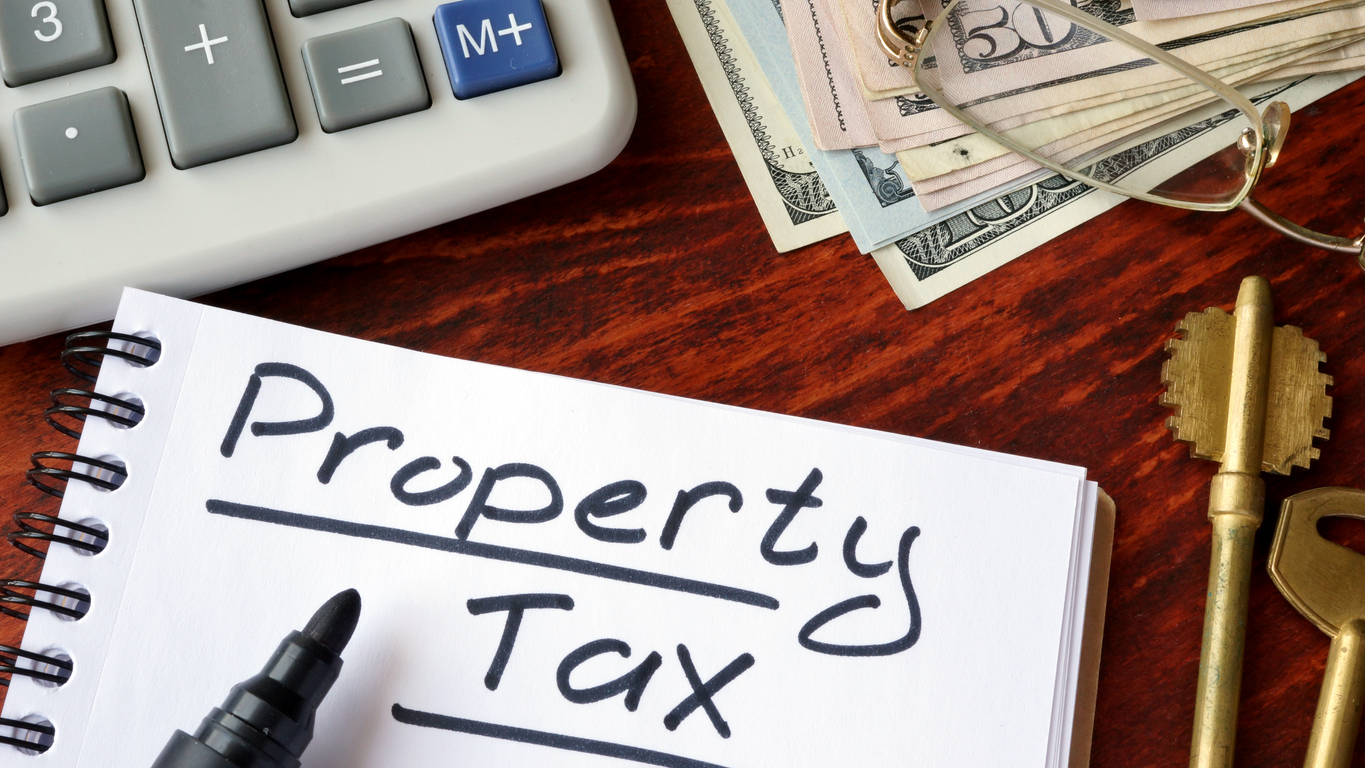
Who Will Rescue Baltimoreans from Tax Hell?
Until this past week, the mayor’s race in Baltimore had one candidate who pledged to cut the city’s property tax rate to a competitive level and thus stem the flight of people and capital that cripples its economy and threatens its financial future.
Thiru Vignarajah planned to cut in half Baltimore’s confiscatory 2.248% tax rate on real property and its 5.62% annual tax on “personal property” (really, on business equipment, supplies, and inventory). This was to be done in steps over the next ten years; the rates would eventually match those in the surrounding county. With Mr. Vignarajah’s exit from the race, city homeowners and businesses must be wondering who will pick up this baton and run with it.
It’s arguable that Thiru himself didn’t emphasize this crucial issue enough to get traction in the race. This is one danger of listening too much to pollsters and political pros in crafting your message. Polls and focus groups will tell you that street crime is voters’ main concern; in deep-blue Baltimore, embracing tax cuts also risks appearing… Republican (horrors!).
But anyone truly concerned about the root causes of crime – i.e., who want to treat this problem “holistically” and “comprehensively” (to use the buzz words of the day) – must understand how the city’s non-competitive tax rates have contributed to disinvestment, poverty, and inequity for many decades. In a nutshell, any city with an unhealthy economy will struggle to assure public safety; any city hostile to investment will have an unhealthy economy.
Crime rates have ebbed and flowed over the decades, but even when Baltimore’s homicide numbers were significantly better than they are now the city suffered relentless population losses and decay of its infrastructure. Yes, crime surges accelerate flight and blight; in the short run, there’s a lot we can do to stem the current crisis. But this is a two-front war: we need to improve our economic fundamentals at the same time we work on safer streets.
Other jurisdictions understand that property taxes are a significant issue for homeowners and businesses. Neighboring Baltimore County’s real property rate is 1.1%; its personal property rate is 2.75%. For every $100,000 of assessed (real or personal) property value, then, the city-county tax differential adds $1,148 to the annual cost of residing in Baltimore City and $2,870 to the cost of doing business there. Charging thousands of dollars per year more for lower-quality municipal services has been contributing to suburban flight in the Baltimore region since the 1950s.
Baltimore officials know that the city’s high tax rates repel investment, of course. Since the Charles Center renewal project in the ‘60s, they’ve offered subsidies for big-footprint developments and promised each time that this would reverse population losses and begin an urban renaissance. Each time these promises have proven to be hollow. Ignoring existing homeowners and owners of small businesses who lack the connections or wherewithal to lobby for tax breaks, it turns out, has left the city’s investment climate as bleak as ever.
Mr. Vignarajah, to his credit, got this. Do any of the remaining mayoral or City Council candidates? In his withdrawal announcement, Thiru endorsed former-mayor Sheila Dixon’s candidacy. Presumably, he gauged that she shared his commitment to tax reform; city voters should make sure. In the long run, there’s no better, more reliable way to assure a bright future for Baltimore.





